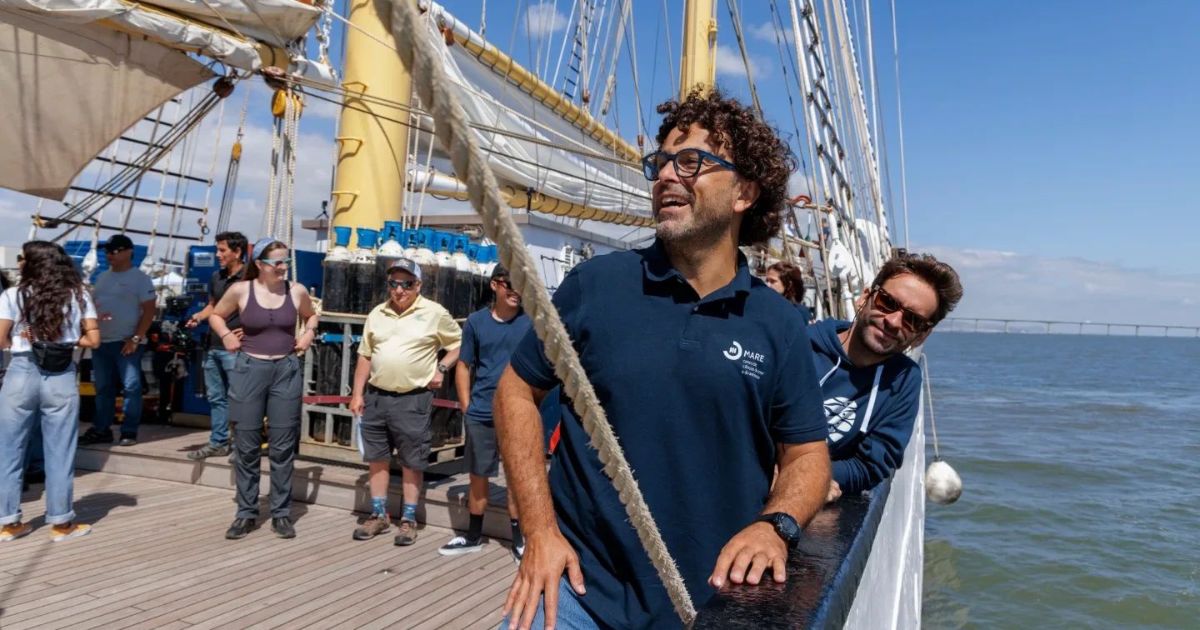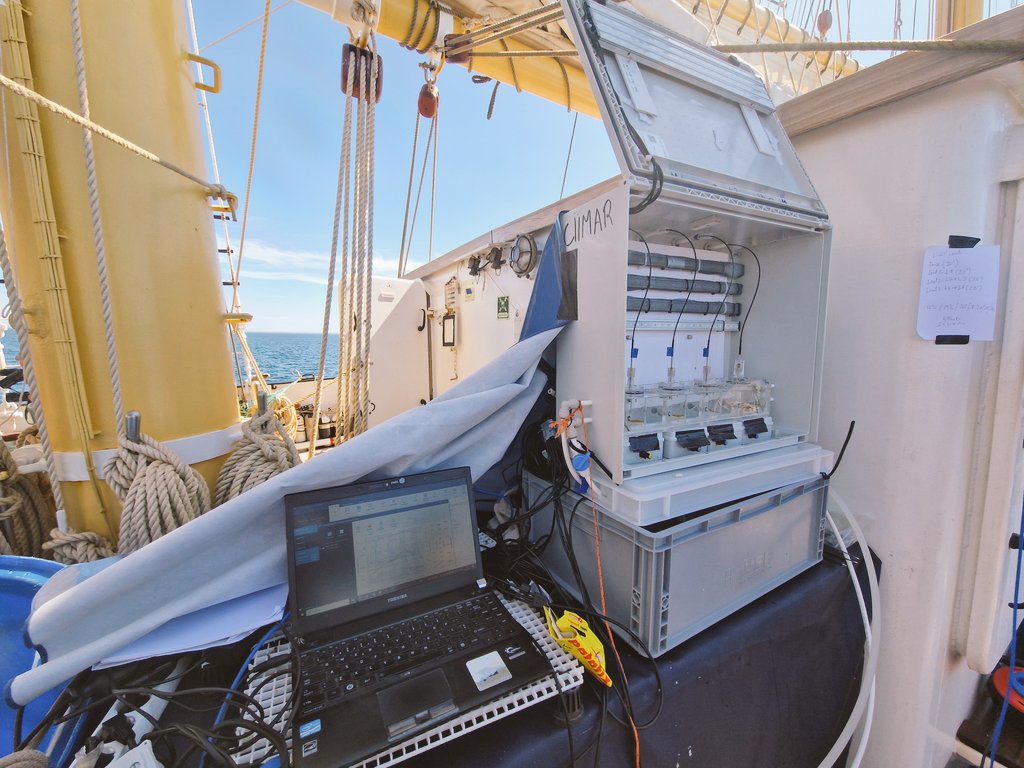Gorringe underwater mountain expedition comes to an end
For a two-week period, an international team of 30 researchers was on board to survey the biodiversity of two of the peaks of Portugal's largest underwater mountain, the Gorringe Bank. The expedition, in which MARE researcher João Franco took part, is now coming to an end.

Located around 240 kilometres southwest of Cape St Vincent, the Gorringe Bank is an underwater mountain range around 180 kilometres long and 60 kilometres wide that rises from a depth of 5,000 metres to a plateau between 200 and 300 metres deep, with the two main peaks (Gettysburg and Ormonde) rising up to 60 metres and 25 metres from the surface. Higher than the Pico and Serra da Estrela mountains combined, these sites are part of ecosystems with enormous biodiversity, where more than 800 species have already been identified, from benthic fauna and flora to marine mammals, turtles and seabirds.
As this is a place of great interest and little explored, the Oceano Azul Foundation, together with the Lisbon Oceanarium, the Institute for Nature Conservation and Forests (ICNF) and the Navy, promoted this oceanographic campaign in an effort to boost Portugal's progress towards fulfilling the European strategy of having at least 30 per cent of the ocean protected by 2030, with at least 10 per cent strictly protected. Embarked for a fortnight on the ship Santa Maria Manuela and the private catamarans Feel Good and Oceanus II, around 30 researchers collected data on the health and biodiversity of the ocean habitat created by the Gettysburg and Ormonde peaks of the Gorringe Bank.

In a statement to the press, Emanuel Gonçalves, coordinator of the expedition, director of the Oceano Azul Foundation and a member of MARE, explains that ‘an X-ray of the state of the ocean's health’ is being carried out in an area of great biological wealth and that ‘many people don't realise that Portugal has this enormous value in its waters’. According to the researcher, the Gorringe bank is a ‘very important trigger for accelerating measures to protect and effectively manage marine areas in Portugal’.
The data collection, in which MARE researcher João Franco also took part, includes filming and photographic records, dives to varying depths to collect samples, the use of drones, an underwater video camera system to capture images of animals in their natural habitat without human presence, and a remotely controlled underwater vehicle to observe deeper areas.
This data will result in a scientific report, due to be published in the first quarter of 2025, to support the management of the area, which since 2015 has already been a Natura 2000 marine protected area but requires more robust protection.
Photographs taken from the social media accounts of the Oceano Azul Foundation and MARE researcher João Franco
